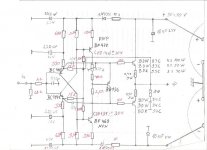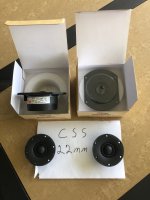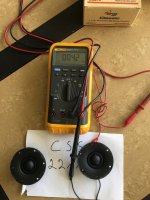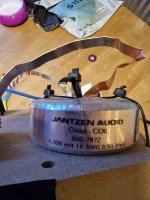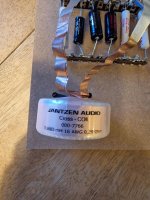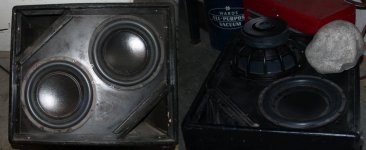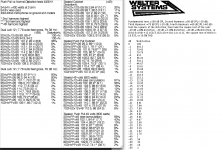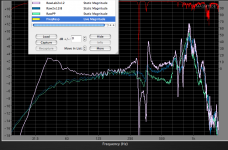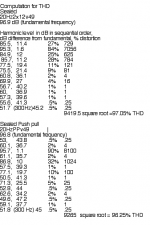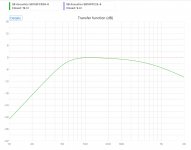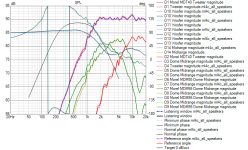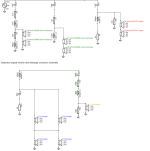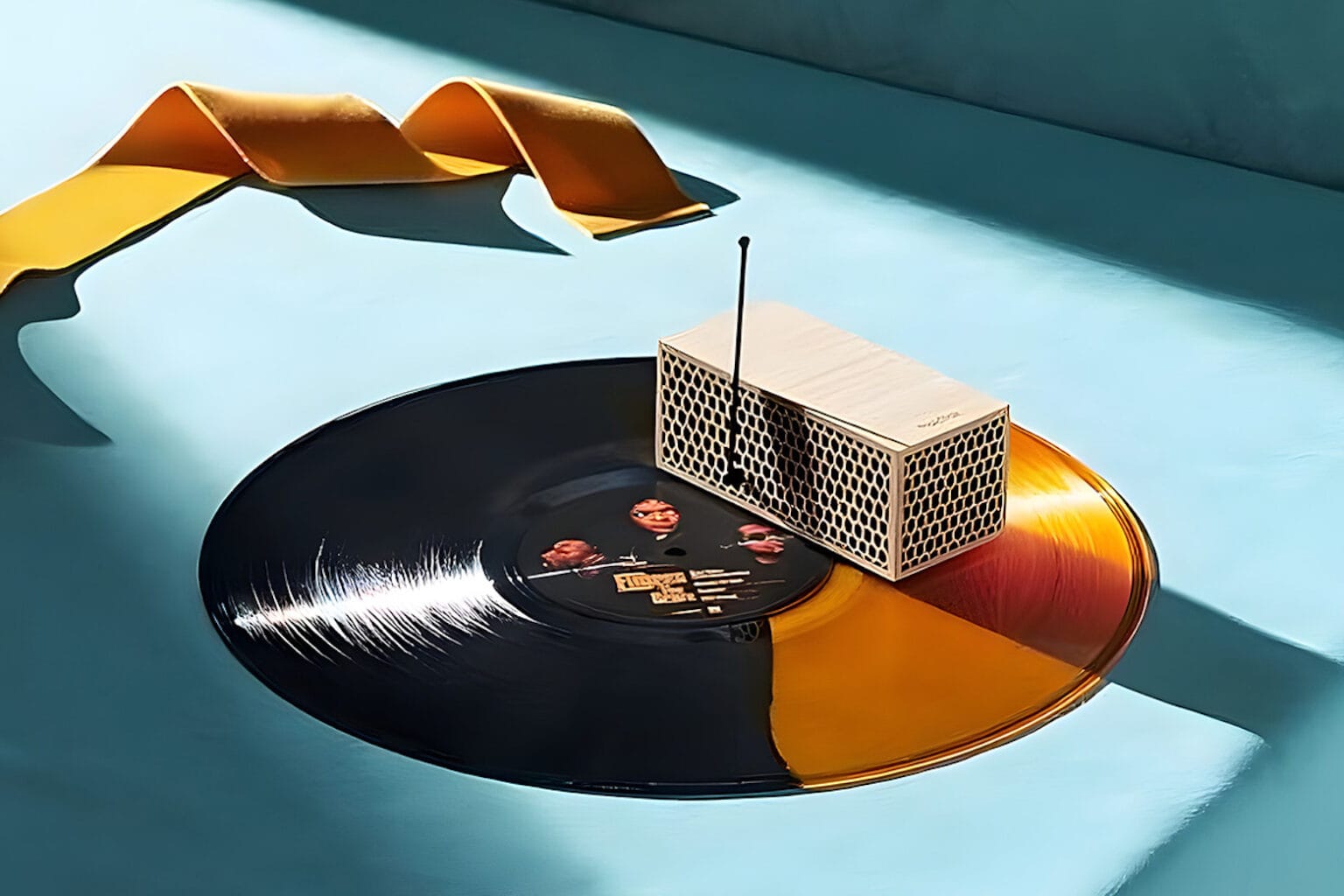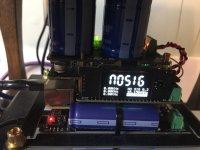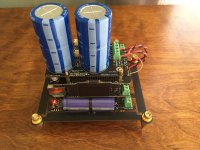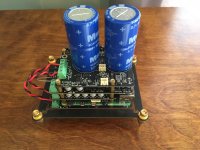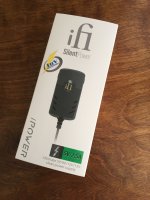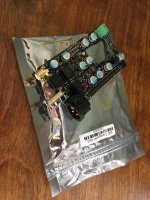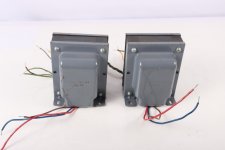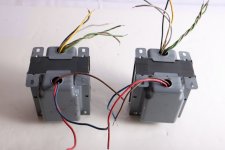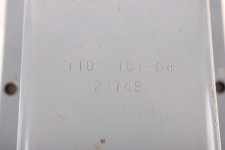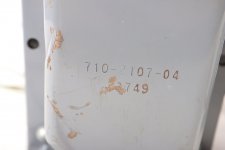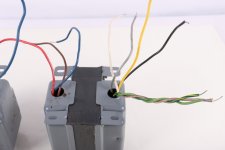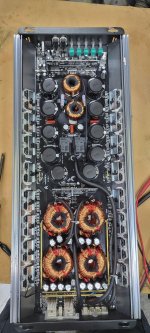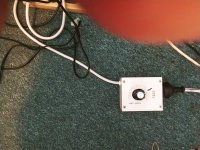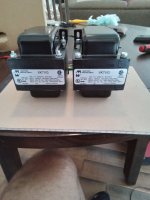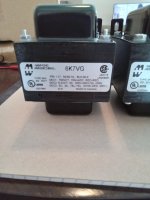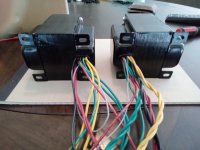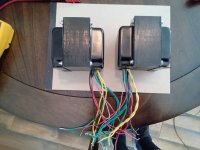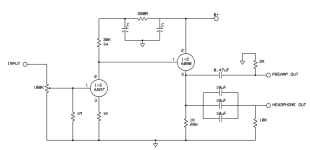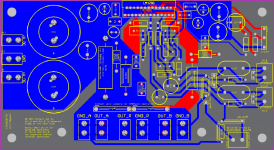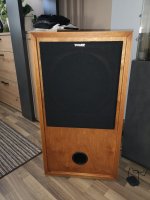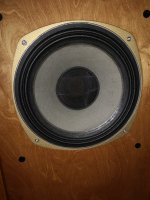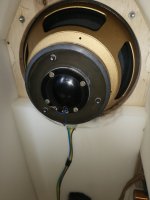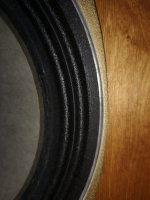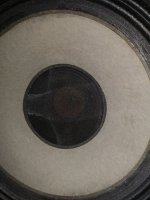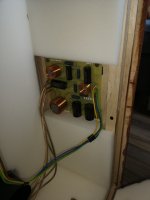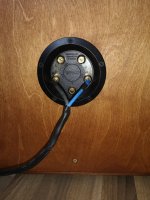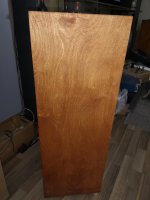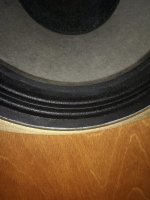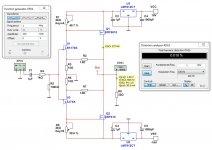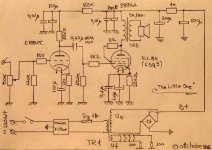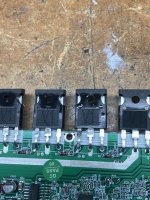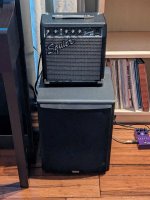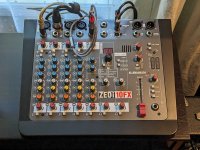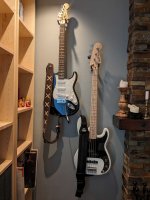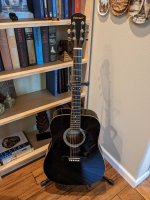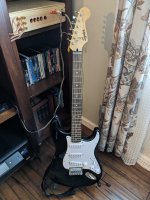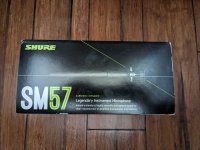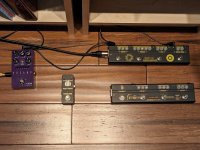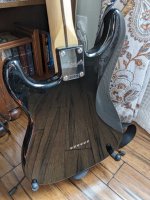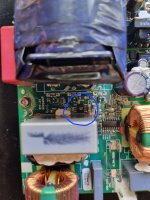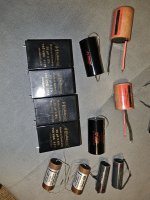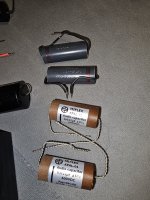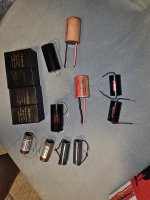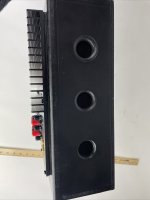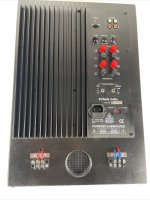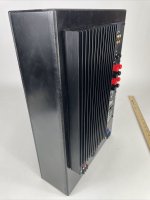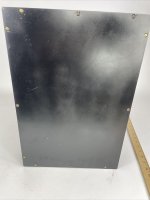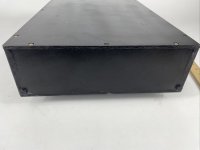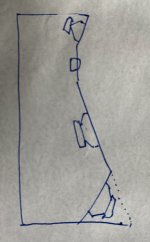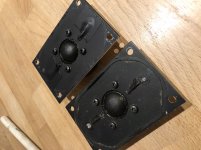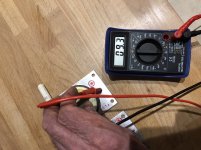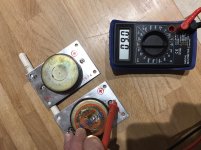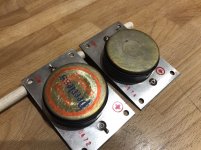So, after bugging out and living in the Australian bush for a few years and running into some issues with my landlord (covid profiteering), it has come time for me to re-enter society.
I have carted these components around with me for years, always planning to put them to good use, but I usually end up buying new stuff for my builds and pretty much exclusively SMD these days, so the pile gets larger and larger. I'm also undertaking a 3d printed smallsyns build 'unexpectedly' and would like to offset that.
Too many things to photograph all separately and the majority are in as new condition, but I will take photos of anything potential buyers wish to see (particularly the pulls and pics of the rare trannies to show legitimacy as I dont have the original full Toshiba boxes).
Prices are in USD, but if any Aussies want to purchase, i'm happy to just do the straight conversion (not paypal conversion, just pay me the USD price converted at the current market rate).
Most is not large enough to cause too much expense, or trouble with international shipping, so if you will pay it, i'll send it. Happy to accept USD via paypal also if you would rather avoid conversion.
I have tried to price things fairly vs current market rate by searching around and comparing to what I paid if I have records. I have not searched exhaustively for the cheapest new price (not clearance) so if you think something is priced too high and can show me somewhere it is cheaper, do let me know, maybe we can work something out. No comments on absolute value of some of the more esoteric items please, I wont enter into it
🙂 My own views have changed over time, but that doesnt mean I want to give them away (although I will very likely give some stuff away towards the end, maybe for a donation to the forum.
I will entertain deals for multiple purchases, just PM me.
OK, so time is moving along and quite a few (most) of the transistors have sold
Prices marked down again 22/06/22 priced to sell. Marked down and added package prices. Dont hang around for them to go down further. if you have a reasonable offer, make it 🙂
Toshiba NOS JFETS
100 x 2SK170BL = $240USD ONO SOLD Shipped
100 x 2SK170GR = $200USD ONO (PENDING) SOLD Shipped
50 x 2SK246BL = $40USD (PENDING)
SOLD Shipped
50 x 2SJ103BL = $40USD (PENDING)
SOLD Shipped
2 x 2SJ109V =
$80USD $60USD for the 2 (used)
4 pairs of 2SJ74BL @ $20USD ea (think these were from Spencer, but I honestly cant remember. they are marked with values, will dig out for details if anyone is interested) I had the wrong price on these, my apologies.
SOLD Shipped
Semisouth
1 x Pair of R125 Semisouth = $180USD ONO (curve traced, turned out thanks to Patrick I only needed 2) SOLD and shipped
Film Caps
2 x VCAP TFTF 0.22µF/600V
$200USD ONO (this is more than 40% off the current clearance pricing. these great caps are not available anymore)
4 x 0.1uf VCAP CuTF
$480USD $450USD $350USD ONO (unused.. definitely up for sale now)
4 x 0.22uf Mundorf SIO
$150USD $120USD $100/set
2 x Mundorf mcap 330uf 250v used
$50USD $40USD ea
4 x Auricap PP 3.3UF @
$50USD $40USD/set
Will take $600USD for the lot, including the 2 vcap TFTF, which are 1uf IIRC (will unpack and find out, if anyone is genuinely interested)
Electrolytic caps
8 x Mundorf Mlytic 2200uf/63 @ $12.50 =
$100USD/set $80USD/set
8 x Mundorf Mlytic 6800uf/63 =
$140USD $120 $100 ONO
Will take $150USD for all 16 mundorf electros
Assorted Nichicon 'audio grade' caps.
$50USD $40USD for the lot
100µF/25V KZ
100µF/50V KZ
220µF/25V KZ
220µF/50V KZ
470µF/50V KZ
220µF/25V FG
Blackgate
BG NXHiQ, N and standard.
Again I have searched around and priced these not insignificantly lower than what I was able to find and what ive seen in the past. I cant look everywhere though.
10 x Blackgate NX HiQ 47µF/6.3V mostly used. some remains of potting on a couple = $450USD $300USD ONO (will split out, ask for price)
4 x Blackgate NX HiQ 22µF/6.3V mostly used. some remains of potting on a couple = $80 $40USD(10ea) ONO
4 x Blackgate FK 47µF/16V used $100 $75USD(20ea)
3 x Blackgate FK 100µF/25V NOS $40USD each ($100USD for the 3)
4 x Blackgate Standard 47µF/100V used $200 $180USD $150USD(set)
2 x Blackgate NONPOLAR 100/6.3V mostly used. some remains of potting. look fugly, function fine. make me an offer.
4 x Blackgate PK 47µƒ/25V NOS I dont know what to ask for these.
Will take $600USD for all Blackgates
ELNA Silmic II, assorted values. $40USD the lot
2200/50V
470/50V
220/50V
100/50V
alps blue velvet Japan 50k stereo $15USD
DACT CT2-2 50K =
$170USD $150USD
ONO (lightly used)
ELMA 24 pos 1 layer 04 - 1100 - 20 1107 endless
$40USD $30USD ea (2 pieces)
ConneX Socket 7 Pin Miniature CNC Machined *PTFE Chassis Mount Gold Plated 8 pieces =
$100USD $80USD
Connex 7 pin ceramic tube socket x 8 = $40USD
Eharmonix 12AU7 x 4 =
$70USD $50USD
ETI silver bullets
$150USD $80USD set 4 (old style, NOS)
Furutech IEC rhodium FI-09 =
$70USD $60USD ONO
Furutech FP-681-2 Gold XLR Panel mount female x 4 =
$150USD $140USD $100USD/set
OK thats it for now. i'll go through the more industrial high quality stuff tomorrow to find some stuff to list.
